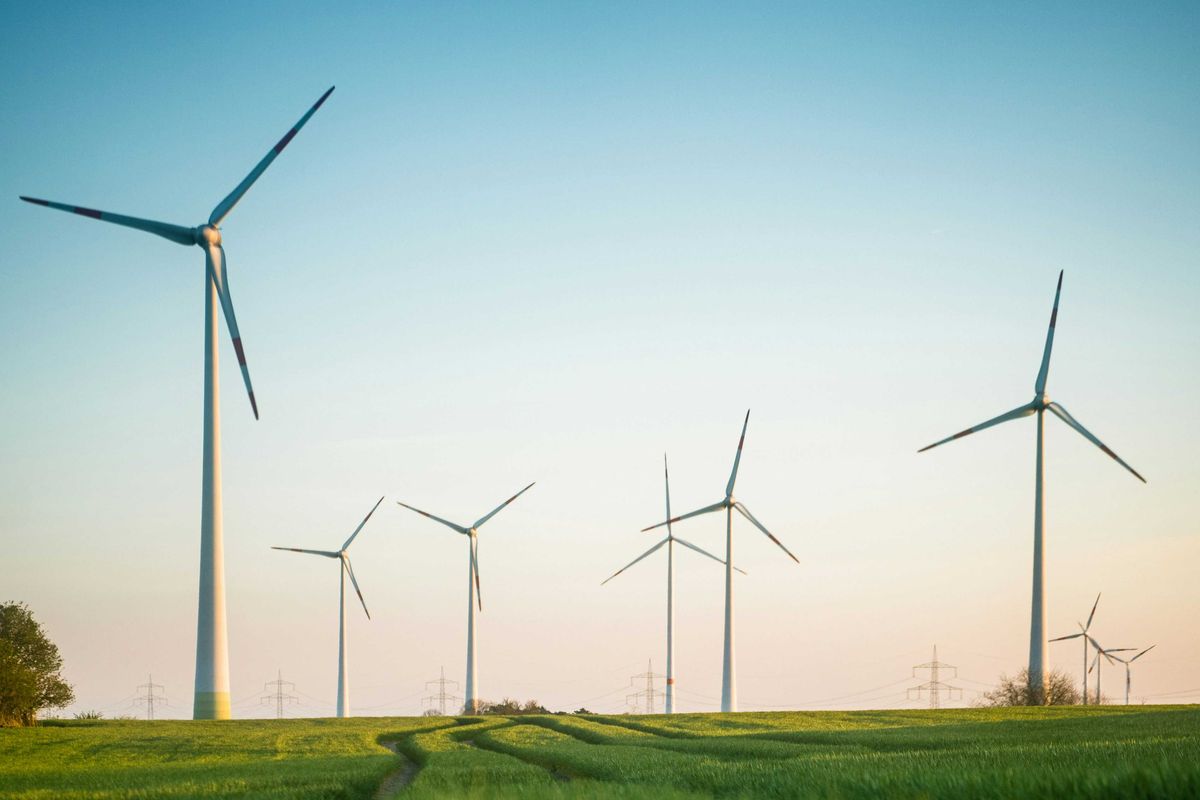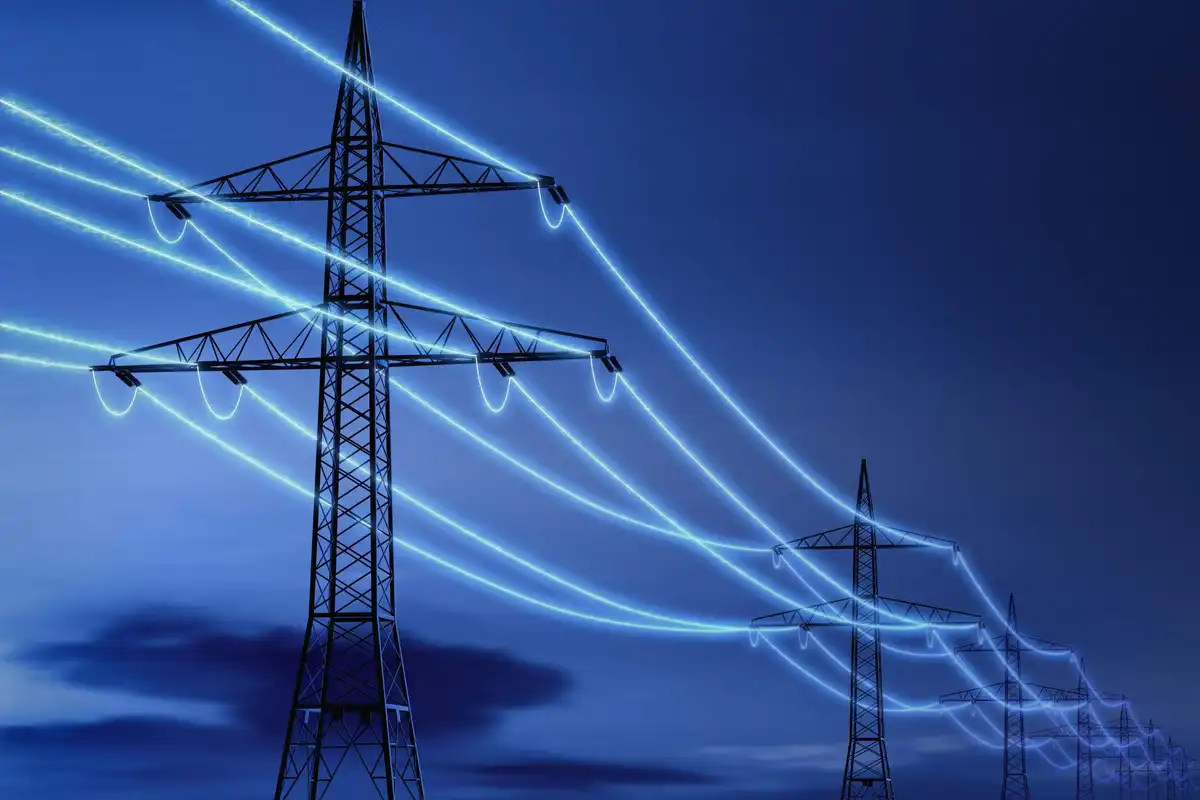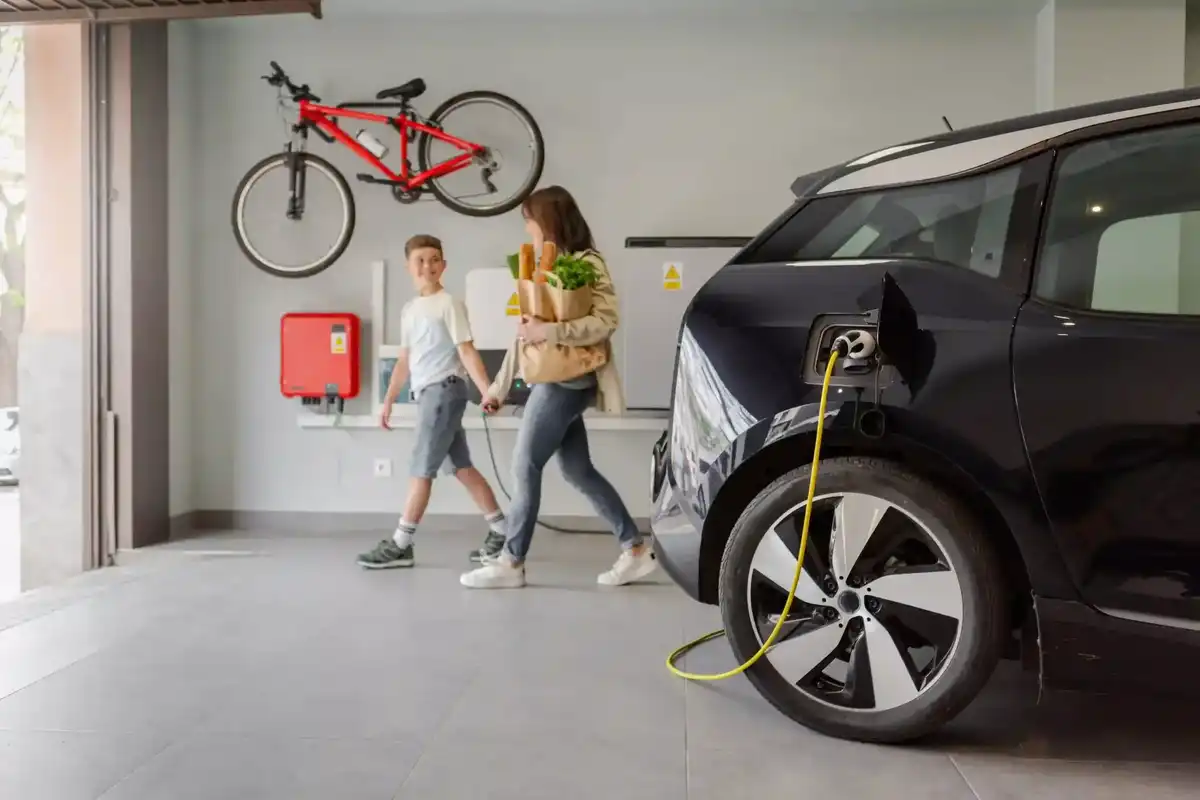The University of Houston's Energy Transition Institute has launched a new Energy in Action Seminar Series that will feature talks focused on the intersection of the energy industry and digitization trends, such as AI.
The first event in the series took place earlier this month, featuring Raiford Smith, global market lead for power & energy for Google Cloud, who presented "AI, Energy, and Data Centers." The talk discussed the benefits of widespread AI adoption for growth in traditional and low-carbon energy resources.
Future events include:
- Dec. 9: Leo Chiang, senior director of corporate technology of The Lubrizol Corporation, who will present “Beyond the Hype: Amplifying AI Impacts in Fuel and Petrochemical Industry."
- Jan. 26: Detlef Hohl, chief scientist computation and data science at Shell, who will present "AI and the Net-Zero Journey - Energy Demand, Emissions, and the Potential for Transition."
- Feb. 27: Tathagata Basu, vice president and chief strategy officer at Honeywell Process Automation, who will present "Artificial Intelligence in Energy Processes — From Control to Cognition."
“Through this timely and informative seminar series, ETI will bring together energy professionals, researchers, students, and anyone working in or around digital innovation in energy," Debalina Sengupta, chief operating officer of ETI, said in a news release. "We encourage industry members and students to register now and reap the benefits of participating in both the seminar and the reception, which presents a fantastic opportunity to stay ahead of industry developments and build a strong network in the Greater Houston energy ecosystem.”
The series is slated to continue throughout 2026. Each presentation is followed by a one-hour networking reception. Register for the next event here.








 Air Liquide and Hyundai agreed to expand hydrogen refuelling networks, storage capacity and more at a meeting in Seoul last week. Photo courtesy Air Liquide.
Air Liquide and Hyundai agreed to expand hydrogen refuelling networks, storage capacity and more at a meeting in Seoul last week. Photo courtesy Air Liquide.
